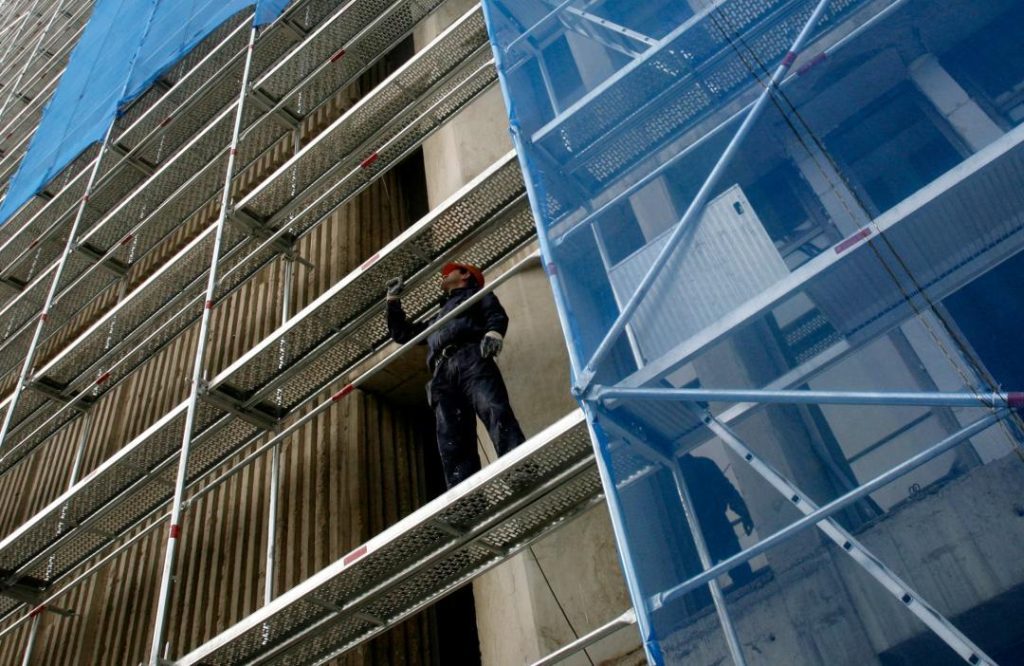
IIT Making Glass to Keep Buildings Cool in Summer & Warm in Winter
As the world grapples with the challenges of climate change, researchers at the Indian Institute of Technology (IIT) Indore are working on a revolutionary solution to keep buildings cool in summer and warm in winter. They are developing a “smart glass” using a special porous organic polymer that can regulate light and heat by applying a small electric current.
The electronic curtain glass, as it’s called, can change color and transparency, allowing it to block sunlight and heat when needed, or let it in when it’s cooler. This cutting-edge technology has the potential to transform the way we build and design structures, making them more eco-friendly and energy-efficient.
The smart glass is designed to work like a thermostat, adjusting its transparency and color to suit the temperature and lighting conditions outside. According to officials, the glass can be programmed to allow sunlight to enter during the day, warming up the building naturally, and then block it out at night to keep the heat in.
This innovative technology has numerous benefits, not just for buildings but for the environment as well. By reducing the need for air conditioning and heating, the smart glass can significantly lower energy consumption, which in turn reduces greenhouse gas emissions and helps mitigate climate change.
The development of the smart glass is a major breakthrough in the field of materials science, and IIT Indore is leading the charge. The institute’s researchers have been working on the project for several years, fine-tuning the porous organic polymer to achieve the desired properties.
“We have developed a novel porous organic polymer that can change its color and transparency by applying a small electric current,” said an official from IIT Indore. “This material has shown excellent thermal insulation properties, and we are confident that it can make a significant impact on the way we build and design buildings.”
The smart glass is not just limited to buildings; it can also be used in vehicles, such as cars and airplanes, to regulate temperature and reduce energy consumption. In fact, the technology has already been tested in a few prototype vehicles, with promising results.
The development of the smart glass is a testament to India’s growing prowess in research and development. The country has been investing heavily in science and technology, and initiatives like the IIT’s smart glass project are reaping the benefits.
As the world becomes increasingly conscious of the need to reduce its carbon footprint, innovations like the smart glass are set to play a crucial role in shaping the future of architecture and design. By making buildings more energy-efficient and sustainable, we can reduce our reliance on fossil fuels and mitigate the effects of climate change.
In conclusion, the development of the smart glass by IIT Indore is a significant breakthrough in the field of materials science, with far-reaching implications for the built environment. As the technology continues to evolve, we can expect to see a significant reduction in energy consumption and greenhouse gas emissions, making our buildings and vehicles more sustainable and eco-friendly.
Source: https://repository.inshorts.com/articles/en/PTI/319121e5-f2f2-4d36-b9bd-364925f8a154





